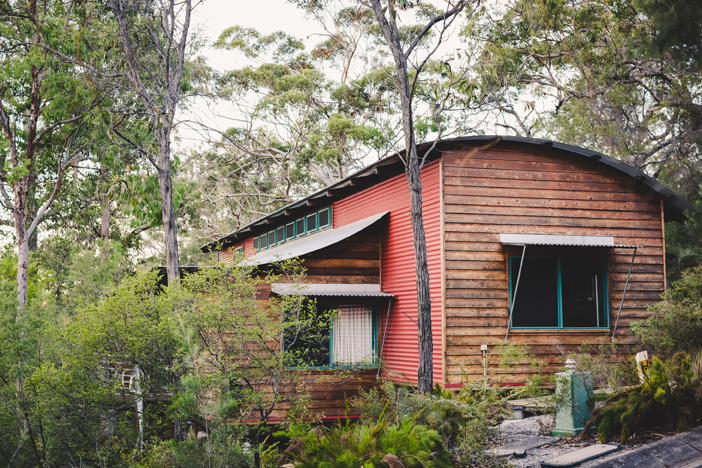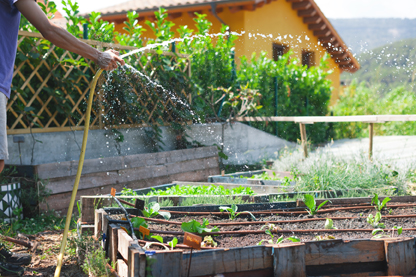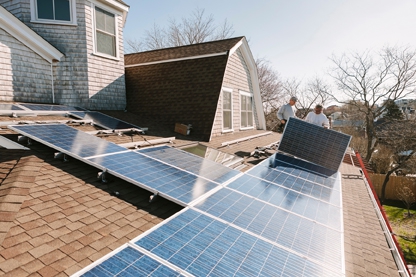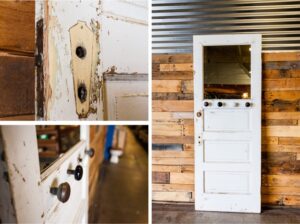How to Identify a Truly Green Home
An interview with Certified EcoBroker Elba Cox » Photos by Elba Cox

Green buildings go by many names: sustainable, low carbon footprint, eco-friendly and high performance, to use a few common terms. But whatever word you use, there are many good reasons to buy a green home. “A sustainable lifestyle starts in the home because that’s where you live,” says Elba I. Cox, principal broker and owner of EcoPro Realty Group in Lake Oswego. Consumers who place a premium on helping the environment can substantially lower their carbon footprint by occupying a green dwelling. Houses built with green principles also tend to have lower utility and maintenance costs, and provide a healthier living environment.

All these benefits—plus the trend factor of calling something “sustainable”—mean sellers are smart to market their home as ecofriendly. But how do you know the home you’re selling (or buying) is truly green?
Cox recommends ordering an energy audit. They can be quite affordable, she says, and will provide unbiased data about the home’s performance. Ask your local utility company if they can perform one. If not, do an online search for energy auditors, or ask a realtor or inspector for recommendations.

Another way to ensure you’re getting a truly green home is to hire a specially trained real estate professional. Cox is a certified EcoBroker, which means she has a keen eye for spotting green features such as natural flooring, efficient heating systems and low-water or food-bearing landscaping.

People looking for a more DIY way to evaluate a home’s sustainable features can find online carbon footprint calculators. They help homeowners understand the volume of greenhouse gases they produce through energy usage, transportation and consumption. Once that number has been determined, the calculators also provide tips for reducing emissions. The EcoBroker website has a carbon footprint calculator and an online search will yield additional choices.
If the home needs any improvements before it’s sold (or after it’s purchased), Cox says it’s worth making upgrades eco-friendly. Even though it may cost more up front, it can decrease the home’s operating and maintenance costs. That’s a big selling point for buyers. “When I go to market the home, I’m going to highlight even minor up- grades,” Cox says. “That’s going to bring a higher price.”
In addition, she says, “if you pay for those upgrades now, you’re going to save money because things keep getting more expensive.”
The end result of these steps is all positive. The buyer has more certainty they’re meeting their green-living goals. The seller can make more money. And everyone gets a more sustainable world. “The purpose is to preserve this planet for future generations,” Cox says. “If everyone pitches in, that’s better than expecting only a few people to bear the burden.”









